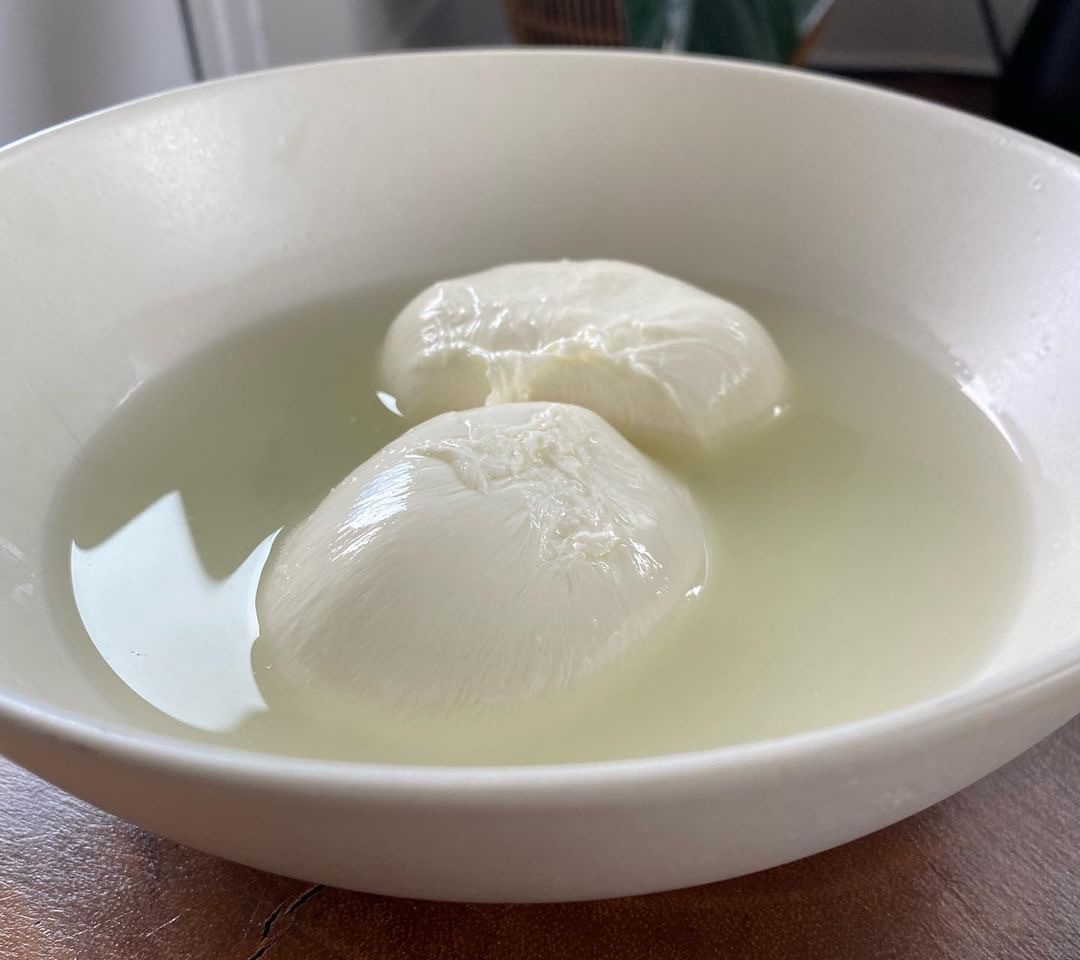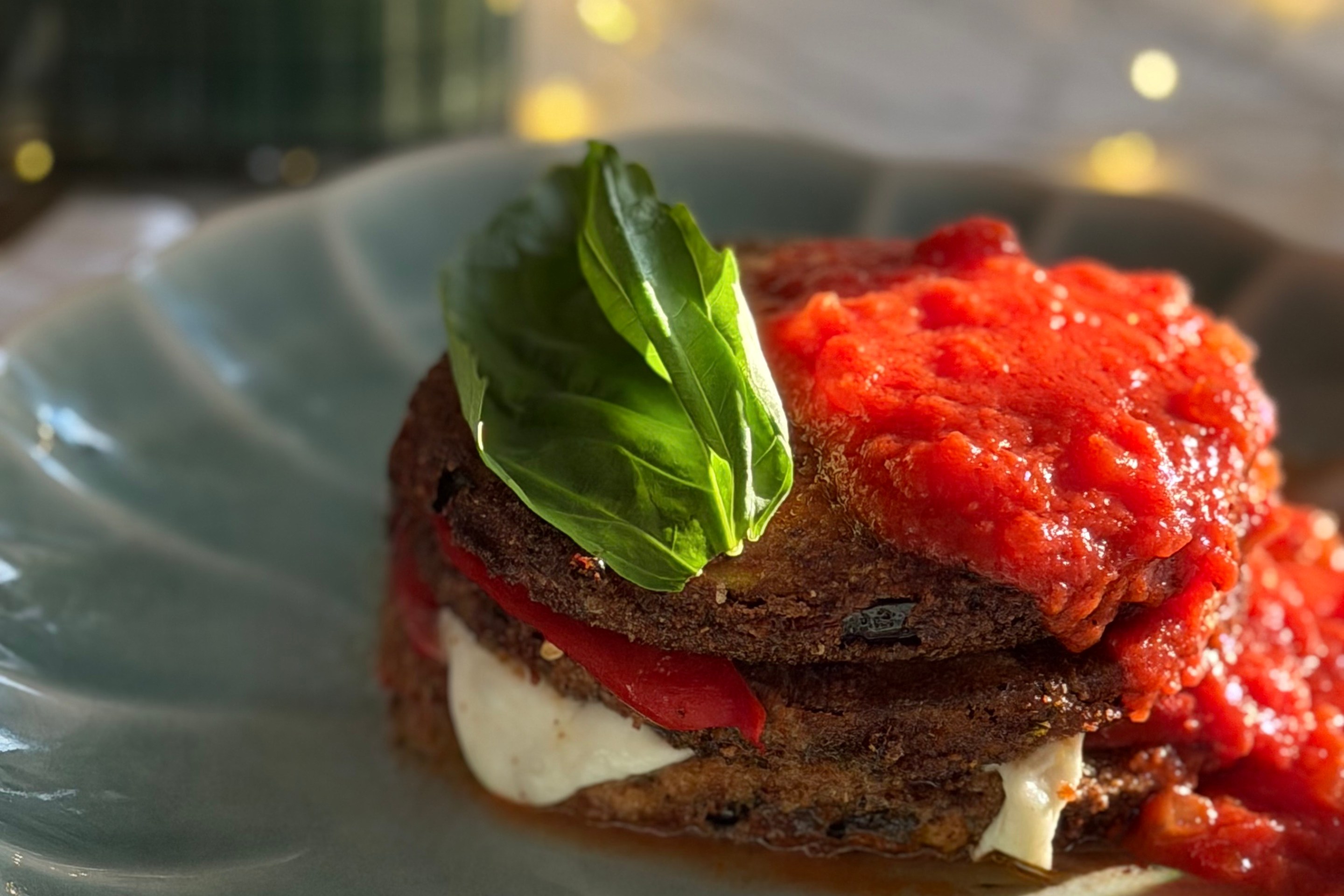"La Burrata Pugliese," or simply burrata, if you are not a proud Pugliese, has in recent years become a cult favorite in Italian-American cuisine. A burrata antipasto appears on Italian menus in every major city across the United States. Although many people are familiar with the creamy Italian delight, most are unaware of where this delicacy was created. The tradition of burrata is one that the Pugliese take great pride in sharing. As a girl from Puglia, I grew up eating pillow-y sacks of nearly warm burrata cloaked in peppery olive oil for pranzo (lunch) after long beach days. To this day, eating burrata reminds me of the Italian coast, and if I close my eyes tightly, I can still smell the salt of the Adriatic Sea.
The history of this cheese dates back to the 1920s when it was invented in an ancient masseria (country estate) near Andria, Italy. For over a century, the process of making mozzarella has been a labor of love for Italian cheese makers, and in the tradition of never letting food go to waste, the scraps from making mozzarella were put to good use. This is how burrata was born. The inception of burrata was one of ingenuity and typical Italian artistry.
If it is left to settle, the rich milk produced by healthy cows forms a thick cream, which gathers and settles on top. Mozzarella bits that could not be used to form the traditional spheres are then shredded by hand and mixed with the dense, sweet cream to make the stracciatella used to stuff burrata. Warm unshaped pieces of mozzarella are then hand stretched into thin sheets and filled with the buttery stracciatella before being pinched closed at the end to seal in the glorious mixture. Plopped back in buckets of whey, the fresh burrata are ready to be distributed.

Once upon a time, burrata was considered a delicacy in Puglia because of its short shelf-life and the extra care taken to create them. Cheese makers would first bring them to aristocrats and royalty, knowing they would pay a premium for the pockets of pure decadence. As burrata became more popular and readily available, the cheese infiltrated Italian households further asserting itself as a staple of Puglia’s cuisine.
Today burrata is regarded as one of the most famous Italian cheeses and one of Puglia’s most significant culinary contributions.
As a final note, I will leave you with my recommendation for how to eat burrata as the Pugliese do! Remove the burrata from the fridge at least an hour before eating. It should be room temperature the entire way through so as to best taste the fatty lactic tanginess. Avoid covering it in balsamic vinegar, this will only distract from the delicate milk flavor. It is best served with a sprinkle of flakey salt, many generous glugs of good olive oil from Puglia, and warm crusty bread to spread it on.
Buon Appetito!
P.S. Lioni – ‘Burrata con Panna’ is the best supermarket brand of burrata I have found in the States, if you can get your hands on it!







